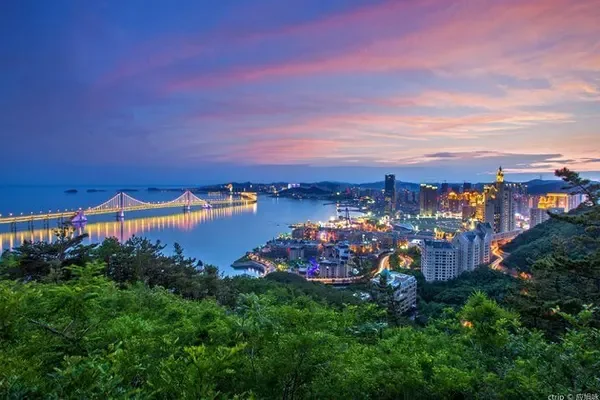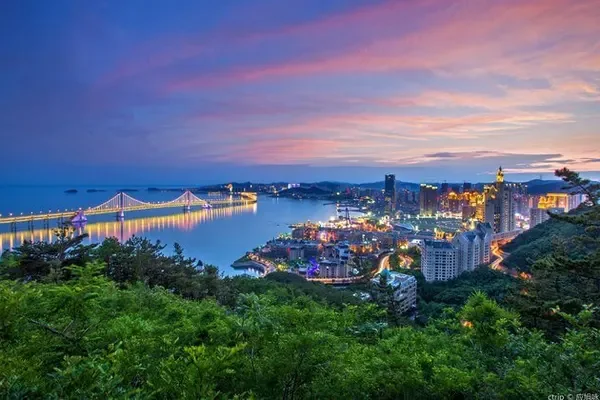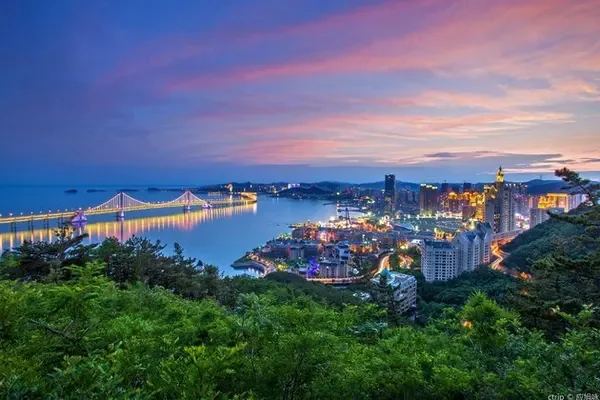Xixia Mausoleum National Archaeological Site Park (also known as Xixia Royal Mausoleum), located at the foot of Helan Mountain in the western suburbs of Yinchuan City, is the royal mausoleum of the Xixia Dynasty, where many emperors of the Xixia Dynasty were buried. Now there are 9 imperial mausoleums and more than 140 burial tombs in the entire mausoleum area, which is one of the largest royal mausoleums in Chinese history. The shape of the mausoleum is different from other Chinese mausoleums, it is in the shape of an inverted corn head. In addition, there are Xixia Museum, Xixia History Art Museum, Xixia Forest of Steles and other facilities and venues in the scenic area to help tourists understand the history and culture behind the mausoleum.



The Xixia Mausoleum is a mausoleum group with rammed earth as the main building material. The tall and majestic mausoleum tower is the most impressive and shows the huge rammed earth project of the Xixia Mausoleum. ".


The Xixia Dynasty was established by Dangxiang people, and its characters and customs were different from those of the Han people in the Central Plains. After the fall of the dynasty, the cities and history of Xixia mysteriously disappeared in the Gobi, becoming an eternal mystery, which was not discovered and interpreted until modern times. There are a wealth of cultural relics of the Xixia Dynasty in the Xixia Museum, among which many stone carvings in Xixia script and murals with Xixia style are treasures. The free explanations inside the museum are also very exciting, which can help you understand the customs, culture and rise and fall of the mysterious Xixia Dynasty, and you can also visit the royal tomb with more experience.
Xixia is a feudal dynasty established in the early eleventh century in my country with the Dangxiang Qiang as the main body. In 1038, Yuan Hao proclaimed himself emperor in Xingqing Mansion (Yinchuan City), and was destroyed by Mongolia in 1227. It has existed for 190 years in history and experienced 10 generations of emperors. Its territory "ends to the Yellow River in the east, borders Yumen in the west, borders Xiaoguan in the south, controls the desert in the north, and is more than ten thousand miles away." At its peak, it covered an area of about 830,000 square kilometers, including most of present-day Ningxia and Gansu, western Inner Mongolia, and northern Shaanxi. , eastern Qinghai, eastern Xinjiang and the vast areas of southern Mongolia. In the early stage, it was divided into the Northern Song Dynasty and Liaoping, and in the middle and late period, it stood in a tripod with the Southern Song Dynasty and the Jin Dynasty. The establishment of the Xixia Kingdom made positive contributions to the partial unification of Northwest my country in the Middle Ages, the development of social economy and culture, and the formation of a multi-ethnic family.
The construction of the Xixia Mausoleum began when Yuan Hao's grandfather Li Jiqian. According to the "Song History Xia Guozhuan", there are nine mausoleums with mausoleum names in the Western Xia Dynasty. The first two of them are honorable. The last three generations of Shenzong, Xianzong, and Nanping kings all died during the defeat of Xixia in 1226-1227, and their mausoleum names are unknown. After Mongolia destroyed Xixia, all the ground buildings in the mausoleum area were destroyed, and most of the mausoleums were destroyed. After the founding of the People's Republic of China, Ningxia's cultural relics department conducted a more detailed investigation of the Western Xia royal tombs, and unearthed one imperial tomb, four accompanying tombs, and four stele pavilions.

The scenic area currently opens tombs No. 1, 2, and 3 for tourists to visit. Among them, Tomb No. 3 (the "Tai Tomb" of Li Yuanhao, the founding emperor of Xixia) is relatively close to the Xixia History Art Museum and the Xixia Forest of Steles.



You can visit the largest Mausoleum of King Hao in the scenic area. The huge inverted semicircular mausoleum stands on the wasteland, the vicissitudes of history are close at hand, and the ravines at the foot of Helan Mountain in the distance make people feel sad and magnificent.
In June 2019, the Xixia Museum (new museum) in the scenic area made a new appearance. The display in the museum is divided into six parts: Xixia History, Xixia Culture, Xixia Religious Art, Xixia Social Economy, Xixia Mausoleum, Protection and Inheritance. Nearly 5,000 collections of thangkas, documents, clay sculptures, copper and iron wares, fabrics, and porcelain were exhibited, including a large number of fine cultural relics unearthed during the archaeological research of the Xixia Mausoleum in recent years.

The Xixia Mausoleum is the royal cemetery of the Xixia Dynasty, located in the middle of the eastern foot of Helan Mountain, about 35 kilometers away from the western suburbs of Yinchuan City, Ningxia. In the mausoleum area with a radius of 53 square kilometers, nine imperial tombs are arranged in an orderly manner, and 253 burial tombs are dotted around. It is one of the largest and most complete imperial cemeteries in China. In 1988, it was announced by the State Council as a national key cultural relic protection unit and a national key scenic spot. It is hailed as "mysterious miracle" and "Oriental Pyramid" by the world. In order to let people at home and abroad understand the history of Xixia and explore the mysteries of Xixia culture, while continuously strengthening the protection of cultural relics in the mausoleum area, we have focused on developing a tourist area centered on Mausoleum No. Xixia Forest of Steles and other scenic spots that can show the profound history and culture of Xixia The mysterious Mausoleum of Xixia is a bright cultural pearl at the foot of Helan Mountain in western Yinchuan. The cultural relics and historic sites of Xixia, which are completely different from those in the Central Plains, are infinitely attractive.










To visit Ningxia, you can choose the local professional tourist transportation Ningxia Tourist Scenic Spot Through Train. The staff all wear yellow vests, and the little yellow people are hospitable. There are two tourist distribution centers in the new city railway station and the crescent moon in the old city. The square is convenient for accommodation nearby, there are many hotels, and the transportation is convenient. It is not far from the civil aviation bus, and it is very convenient whether it is by train or plane. The through train of the scenic spot has opened the line from the urban area to the scenic spots around Yinchuan, such as Shahu, Huangsha Ancient Ferry, Shuidonggou, Zhenbeibao Western Film and Television City, Xixia Royal Tomb, Helan Mountain Rock Painting, Shapotou, etc., which is very convenient.


